Guest blogger Rachel Biel shares how determination and vision created a community, and a marketplace for its members.
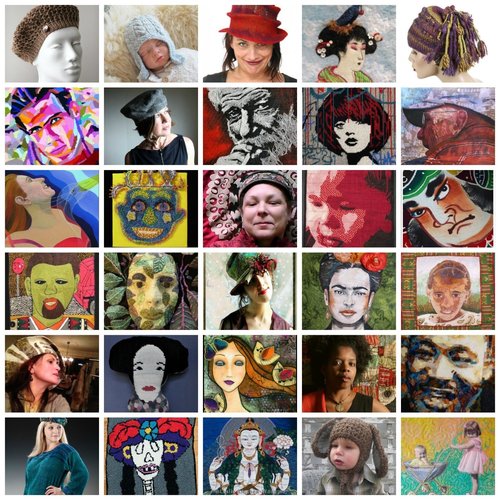
Remember when Etsy was small, vibrant and beautiful? I became a seller there in its second year, when it was a cozy place full of peer support and handmade eye candy. I had been on eBay for nine years and moved to Etsy for its community, cost savings and easier listing process. Etsy succeeded in creating a loyal following of makers, which brought it explosive growth.
But it eventually lost its founders, went public and removed “handmade” from its mission. Although it remains a solid platform with great seller tools, I’ve seen a growing trend towards indie platforms where sellers form smaller markets in what I think of as virtual chambers of commerce.
I launched TAFA: The Textile and Fiber Art List in 2010 and we currently have around 570 members, half of whom have had shops on Etsy. In the last two years, many of our members have quit Etsy after having matured their brands and gained the tech skills necessary to launch their own e-commerce websites. Their main challenge lies in driving traffic to their sites and converting that traffic into sales. Selling on marketplaces like Etsy, Ebay, Amazon and Dawanda has the same challenge, but offers potential of being found through the site’s searches and categories.
Artsy Shark has the most comprehensive list of venues for selling handmade online, 250+ Places Artists Can Sell Online. Markets and sites must have a selection process in order to maintain a quality site. When looking for a place to sell, look for ones that have a similar aesthetic and mission to what you are doing. If you don’t find one that fits you, create one!
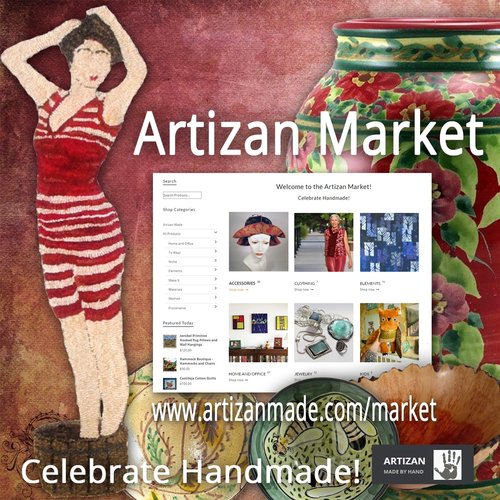
Etsy has a community focus where sellers can formally organize into “Teams”. We created a Team for TAFA members selling there and for three years maintained a blog and a destination on Etsy. There were spurts of involvement, but it was not sustainable. Finally, I suggested setting up a collective with a nominal fee to help cover costs. In 2014 I launched Artizan Made, starting with 22 TAFA members. With a focus on home décor and eco-fashion, we opened it to other mediums including clay, wood, glass, and metal. We now have around 70 members and have also moved away from an Etsy focus, supporting several indie sites.
Setting up the Artizan Market has been the toughest tech challenge I’ve ever had. Both TAFA and Artizan Made are WordPress sites, and even the most user-friendly platforms encounter problems. I spend a lot of time dealing with glitches and content management and there’s never enough money to address all of the issues I’d like to tackle. Neither bring in enough revenue to hire support staff or to pay for the kind of marketing we need. Yet, Artizan’s model has given me a budget and the mental space to work steadily on these issues. I hope to grow it to 200 members which will bring in enough income to take us to where we need to be.
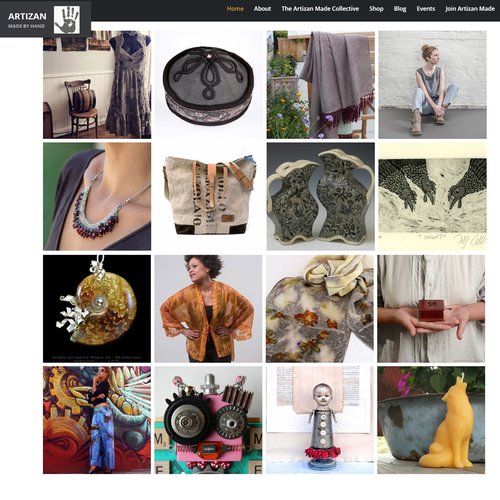
Last October, I tested the shop concept on Artizan Made, creating one product for each member linking to their own website or Etsy store. Stats showed an increase in link clicking confirming my belief that having product categories help people find their interests. In our new Market, we’ve created the usual categories as well as fun ones by color or theme, which we then feature on our blog posts. I love promoting our members in this way.
When I proposed the Market to our members, I suggested having an extra fee to help pay for costs instead of a commission on sales, so members can choose between using our shopping cart or their own. Even with our monthly fees, our cart is cheaper than Etsy’s. As with any indie site, it will take time to drive traffic to the Artizan Market.
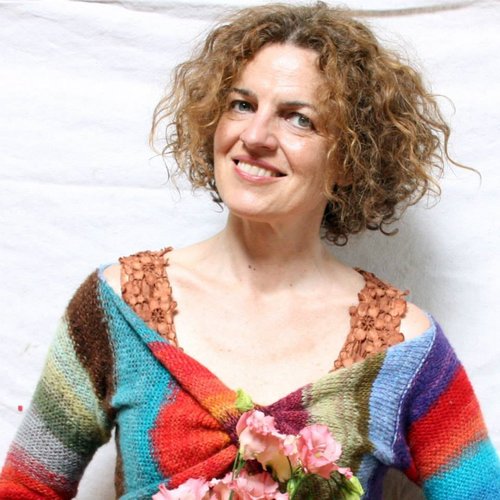
Inese Liepina of Wrapture by Inese wearing one of her handmade sweaters
Setting up a handmade market does not have to be as complex as Artizan Made’s. Inese Liepina of Wrapture by Inese has organized a site in Latvia called Lakstigala, a one-page site that introduces each artist and includes their links. They promote themselves through their newsletter and their own social media sites. Another of our members, Heather Daveno of August Phoenix Hats does her part to promote hat culture by maintaining a website and social media for the Millinery Artisan Guild of the Pacific NW. She uses Facebook and Pinterest to promote group shows as well as new works by individual artists. Both Facebook and Pinterest now allow selling through their carts, giving new possibilities for e-commerce.
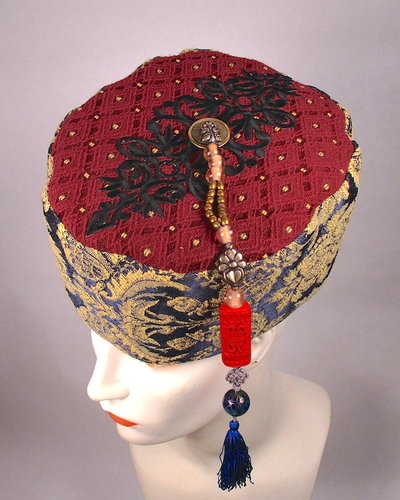
Handmade hat by August Phoenix
This is what I think of as a virtual chamber of commerce. Any group can come together under a common theme: a location, a type of product, a technique, a cause, a passion… As I was building Artizan’s Market, I ran into many similar sites, all attractive and unique, like little boutiques on an artsy street. Some, like us, were linking to other sites, while others sold everything through the site’s cart. Logistically, it is easier for artists to manage their own sales and inventory, but it can confuse buyers to be sent ‘off-page’ to make their purchase. It doesn’t matter where the shopping cart is hosted [as long as the process is seamless], but I do think that a group e-commerce site makes the buyer feel more secure and offers recourse if there’s a problem with the sale.
I see a natural progression happening for artists. They look for a place to sell and start out on one of the big marketplaces. They learn the basics, gain confidence, and branch out on their own. And they launch their e-commerce site and then feel all alone on the web, so they look for group support.
Rachel Biel has been working with handmade crafts and art since 1988. Her mission is to contribute to the economic development potential the arts bring to the world, along with the intrinsic beauty shown in the work. She wants to move the world to be more artist- and nature-friendly. She arrived in Kentucky after a childhood in Brazil, college in Minnesota and 20 years in Chicago. It’s been a ride!
.
Want to stay current on cutting edge business articles from Artsy Shark, plus artist features, and an invitation to the next Call for Artists? Click below to sign up for our twice-monthly email. You’ll get all this plus opportunities and special offers that you can’t get anywhere else!



Thank you for this opportunity, Carolyn! I’m happy to answer questions people may have about either TAFA or Artizan here in the comments. It’s great to be a part of such a supportive community as we all have through Artsy Shark and other organizations working to promote artists and makers.